IntroI hear you screaming, this is thread for the repair section, not metrology! Yes, yes, but hear me out on evil plan to capture the world first.
To my big surprise, my
EEVBlog HP3458A repair log thread is the most popular thread in Repair section by far with 75K views after a year. Not expected result covering DMM which cost 10 grand.

Meter I had covered in there I've got little over a year ago, September 15, 2015. Since the successful repair after January 2016 unit was in 24/7 daily operation and use, logging my voltage/resistance standards, other instruments, doing current measurements, and very little bit of AC measurements with GPIB + Raspberry Pi. I'm happy with it and it simplified volt-nuttery by a lot, thanks to it's great ACAL feature and low-noise and super linear ADC. If someone serious about metrology and volt-nuttery like we call it here, I'd strongly suggest to skip all that middle-way solution meters like 3446x/70,K7510 and similar and just go straight to 3458A. Nothing can beat calibration from single 10V and 10K reference

Given that, it's not everyday generic use meter either, so it should be tied and used over GPIB, really.
Alright, cut the talk. While I have now good working 3458 with great help and support from volt-nuts community, I wanted even more and to tinker with it's circuits and design to understand analog better. However to me it was not worth the risk to solder stuff inside the working unit. Because if you try to fix something which is working - it will eventually break. No exceptions from this rule in engineering world. So there was the only solution from this point.
YES, get the SECOND unit for all the wonderful and magical experiments I wanted to try.




But buying one of those eBay 3000$ boxes is still over my homelab budget, and I wouldn't like the idea of destroying good unit, even for sake of science, like those tarded youtube videos... We need better plan.
Which is - get one of those zombie-dead-rusty 3458's which do popup sometimes for less money. Few weeks ago, one of such happened to be listed, and it was a love from the first sight. No, I actually lied, I saw the unit from seller and considered 999$ too high for a box without digital A5 CPU board and busted case. But seller sold for less, so here we are.
Reference information and documentationExperimental unit, initial condition and status checks
Ouch. How these expensive instruments end up in state like this?

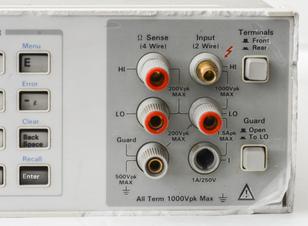
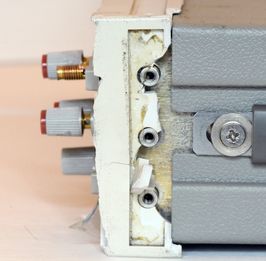
Front panel is literally torn apart... And if you think those damaged binding posts are no big deal to replace, Keysight does not agree with you, with 270$ USD price tag on that 6-post therminal block.
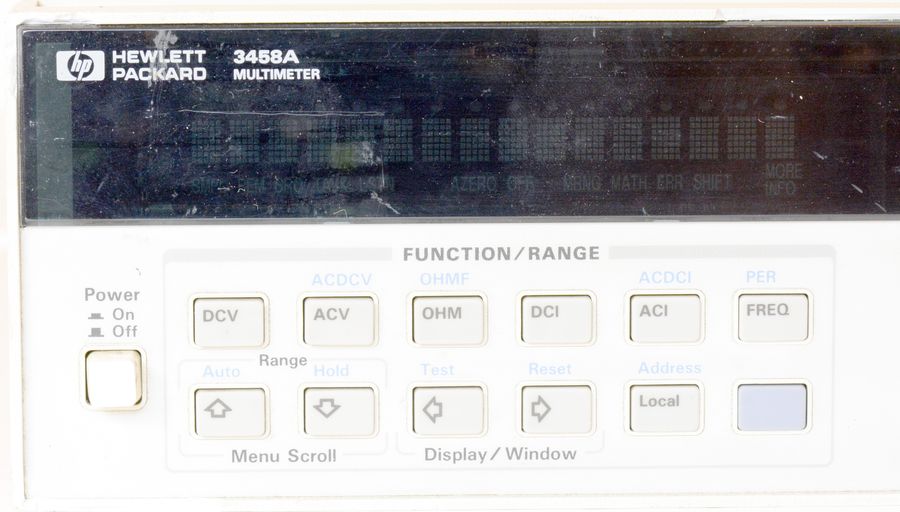
I can see VFD in there though

I was sure it's 100% shattered, as it was looking that meter had a drop on it's face. Multiple times.
Attempted to remove front panel plastic..
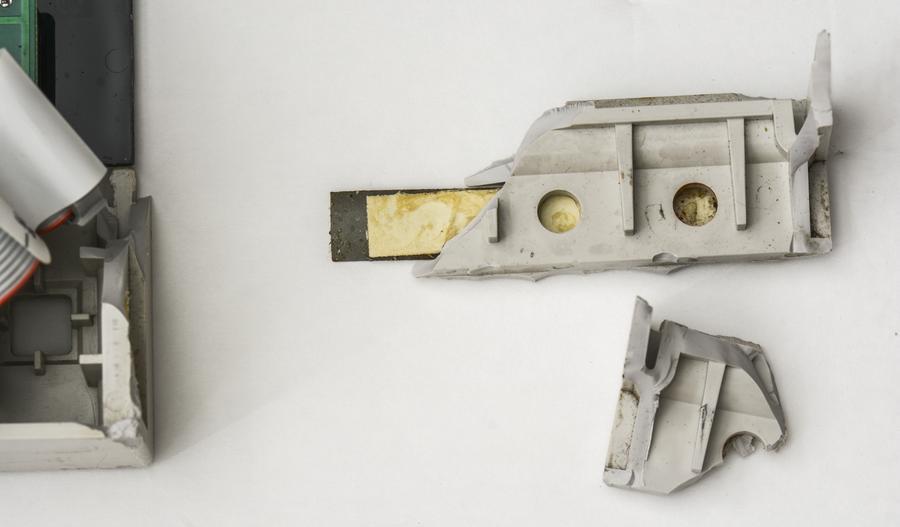
Every single latch and notch is busted..
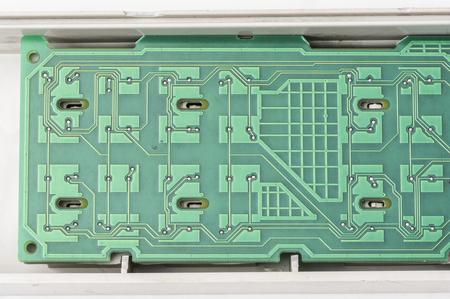
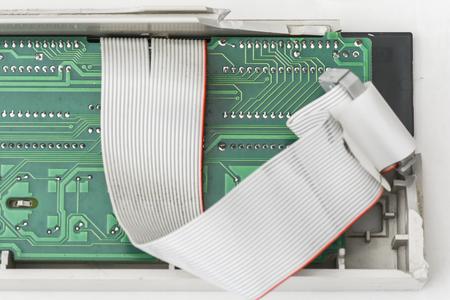
And the photo which saved me 1000$...
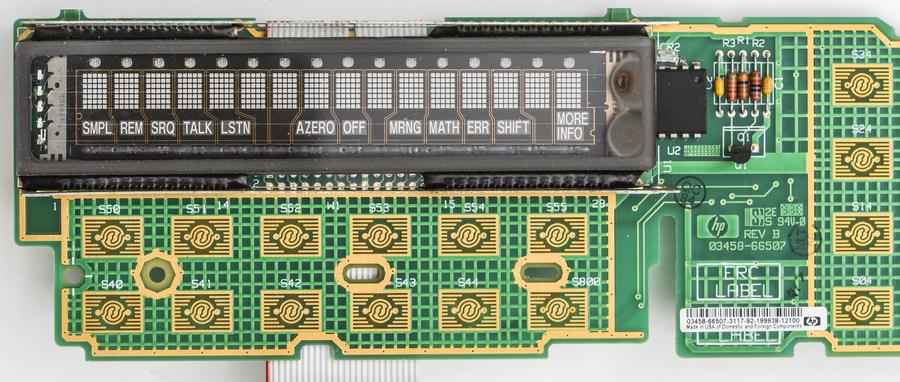
VFD glass seem to be good, no vacuum leak. Will see if FP board still functional. Pleasant surprise, given the condition of front face.
Rear is in much better shape. Even terminal block is fine. MY-serial means unit was assembled in Malaysia, and more recent than most of 2823Axxxx boxes. No 001,002 options, but who cares anyway.

Missing GPIB connector means that there is no A5 outguard processor board.
I bought one Rev.B board from another seller, and it's currently on it's way to me for initial checks and NVRAM replacements. After which it will be installed in this unit and we could test how much life left in this project.
Transformer and initial power supply measurements revealed no problems there too.

As some might remember, my unit N1 had blown transformer from using on 230VAC mains in 110VAC switch, which cost me 337$ for replacement. No need go this route for this unit

.
And a teaser for upcoming work:
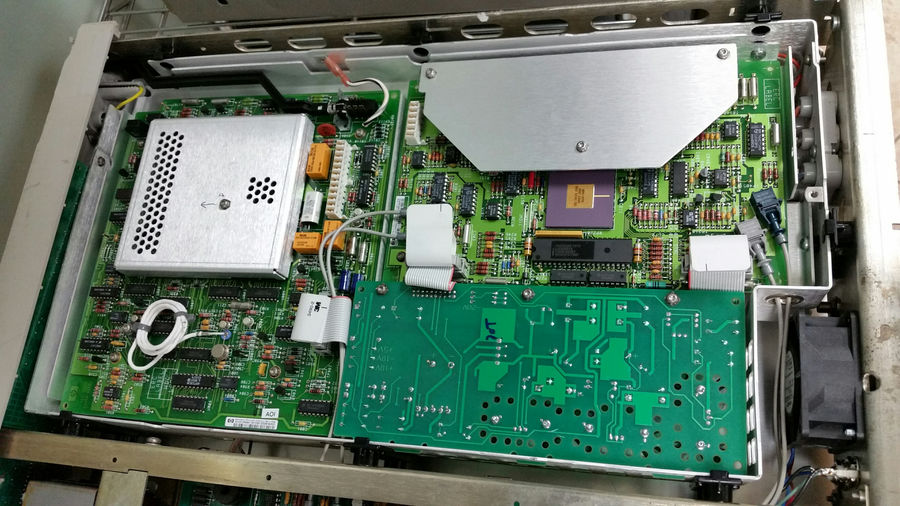
Per datecodes on IC's, it was made in 1999-2000 year, so it's fairly bit younger than my rusty friend.
Planned experiments and ideasHere are few ideas I was tinkering about to try inside 3458A. Now since I'll have two units together, it's possible to perform direct comparisons between the "stock" unit and modified to see if there are any measurable gains, or it's all just waste of time.
* Replace current shunt resistors and current source range resistors for better TCR/stability for ohms/currents
* Replace A9 LTZ reference with multi-LTZ reference for lower noise, to see if ADC can be lowered in noise too
* Swap terminal block with triaxial ports, route OHM guarding to guard to test if that can help lower noise in OHMs/low current ranges
* Replace LDOs in various parts for lower noise modern ones
* Test various calibration things, like -10V cal, cal from 1K resistor, etc.
* Try battery power for the unit, instead of mains.
* many more

So the new box in case of successful repair would be used as guinea pig to try all the crazy stuff, which normal audience of these instruments would not risk to do.
Before doing these modifications, I'll spend few months on running unit in stock condition, to determine correlation and performance versus my reference 3458A meter.